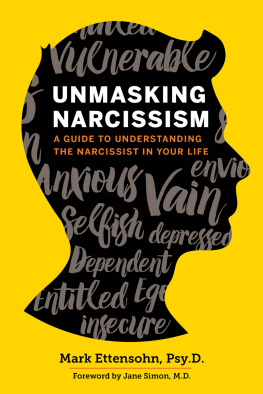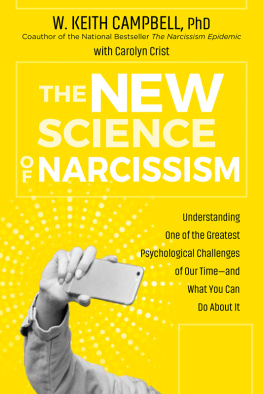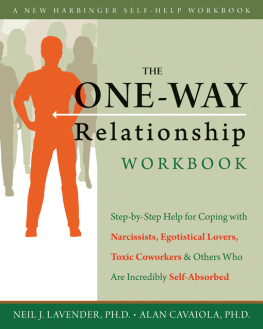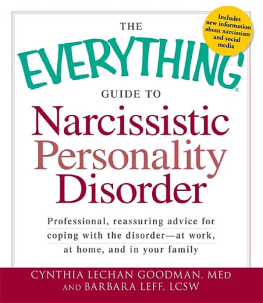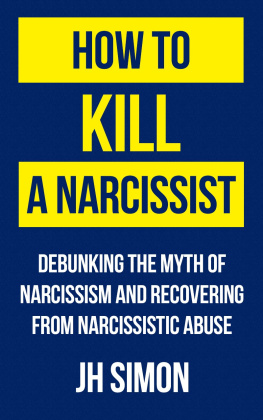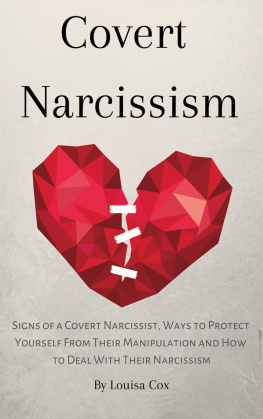Copyright 2016 by Althea Press, Berkeley, California
No part of this publication may be reproduced, stored in a retrieval system, or transmitted in any form or by any means, electronic, mechanical, photocopying, recording, scanning, or otherwise, except as permitted under Section 107 or 108 of the 1976 US Copyright Act, without the prior written permission of the publisher. Requests to the publisher for permission should be addressed to the Permissions Department, Althea Press, 918 Parker St., Suite A-12, Berkeley, CA 94710.
Limit of Liability/Disclaimer of Warranty: The publisher and the author make no representations or warranties with respect to the accuracy or completeness of the contents of this work and specifically disclaim all warranties, including without limitation warranties of fitness for a particular purpose. No warranty may be created or extended by sales or promotional materials. The advice and strategies contained herein may not be suitable for every situation. This work is sold with the understanding that the publisher is not engaged in rendering medical, legal, or other professional advice or services. If professional assistance is required, the services of a competent professional should be sought. Neither the publisher nor the author shall be liable for damages arising herefrom. The fact that an individual, organization, or website is referred to in this work as a citation and/or potential source of further information does not mean that the author or the publisher endorses the information the individual, organization, or website may provide or recommendations they/it may make. Further, readers should be aware that websites listed in this work may have changed or disappeared between when this work was written and when it is read. Names, characters, businesses, places, events and incidents are either the products of the authors imagination or used in a fictitious manner. Any resemblance to actual persons, living or dead, or actual events is purely coincidental.
For general information on our other products and services or to obtain technical support, please contact our Customer Care Department within the United States at (866) 744-2665, or outside the United States at (510) 253-0500.
Althea Press publishes its books in a variety of electronic and print formats. Some content that appears in print may not be available in electronic books, and vice versa.
TRADEMARKS: Althea Press and the Althea Press logo are trademarks or registered trademarks of Callisto Media Inc. and/or its affiliates, in the United States and other countries, and may not be used without written permission. All other trademarks are the property of their respective owners. Althea Press is not associated with any product or vendor mentioned in this book.
ISBN: Print 978-1-62315-642-8 | eBook 978-1-62315-643-5
Contents
Foreword
M any people know the term narcissism comes from the tale of Narcissus, the Greek youth who fell in love with his own reflection. Still, many are unsure how to identify narcissism, and perhaps most importantly, how to live with it when the disorder has an effect on them. Whats important to first understand is that, unlike the handsome and vain Narcissus, a true narcissist doesnt really love himself; rather, he suffers from a lack of an authentic self.
People who tend toward narcissistic personality disorder (NPD) did not develop a healthy sense of self-esteem at a critical age. Whether the fault of caregivers who were unable to provide empathetic attunement to their young child, or the result of another trauma, the consequences are that narcissists believe they must be beautiful, smart, talented, and admired. Narcissists are often high-achieving individuals who possess a constant need to prove themselves to gain loveand to compensate for the lack of it in their childhood. As children, many people with NPD had to present an image of perfection, beauty, and success. As a result, they wear the mask of a false self, afraid others will perceive these feelings of inadequacy through their disguise.
No matter how difficult those with NPD may be to relate to, its important to note that the dynamics resulting in troublesome behaviors, such as the constant need for admiration and assurance, the lack of empathy, and the arrogance and vanity, are simply unconscious attempts to maintain a false self. After feeling that their true thoughts and feelings didnt matter, narcissists may fear for their psychological survival and become preoccupied with having their needs met and their feelings understood or mirrored.
When you understand the roots of NPD, you can learn to alter the dynamics of a difficult relationship between yourself and someone who exhibits narcissistic tendencies. In this book, youll gain tools to transform your relationships, with the goal that you can become your own advocate, rather than try to change the narcissist. While the natural tendency may be to confront a narcissist about their offending behavior, this tactic has poor results and reinforces the narcissists feelings of victimization. The best strategy is to make the narcissist feel wanted and appreciated. Meeting negativity with more negativity fuels the narcissists need to defend. Instead, defuse the interaction by acting on insight and attempt to make your own needs known in a calm, nonconfrontational way. When dealing with a narcissist who knows no boundaries in his demands, make space for yourself by saying no in a kind manner in moments of calm. Issuing ultimatums and blame may be a relief in the moment, but it will ultimately put you in a hard position. Theres one exception: when dealing with a malignant narcissist who may be dangerous, your only course of action may be to exit the relationship. Dont tolerate exploitative and abusive behavior, or become swept up in polarized thinking. The narcissist can both idealize and devalue those involved with him, and you dont want to be caught up in either mental state. The goal is to move back into the middle ground, keeping sight of yourself, your sense of worth, and your own needs.
Your loved one, friend, or coworker may always be a narcissist, but there are ways to healeven if its just within yourself. Once you understand the root of his or her behavior, you can begin to act upon it in a healthy, calm way and create a better environment for everyone. I urge you to use this book as you travel the path toward healing. Perform the exercises and use the tools presented within to help you survive and thrive during the ups and downs of difficult interpersonal relationships.
Jane Simon, M.D., New York, New York
INTRODUCTION
More than a Myth
Narcissists tend to be treated with disdain. The common stereotypes are that they are selfish, arrogant, and entitled predators who use people up and throw them away without a second thought. Search online for advice on how to deal with a narcissist and youll be buried in an avalanche of articles that all basically say the same thing: leave. Narcissism is so maligned that you would be hard-pressed to find more than a handful of contemporary writers willing to say anything positive about individuals with narcissistic tendencies. To call someone a narcissist is tantamount to calling him or her a jerk. Numerous sources support this point of view.

